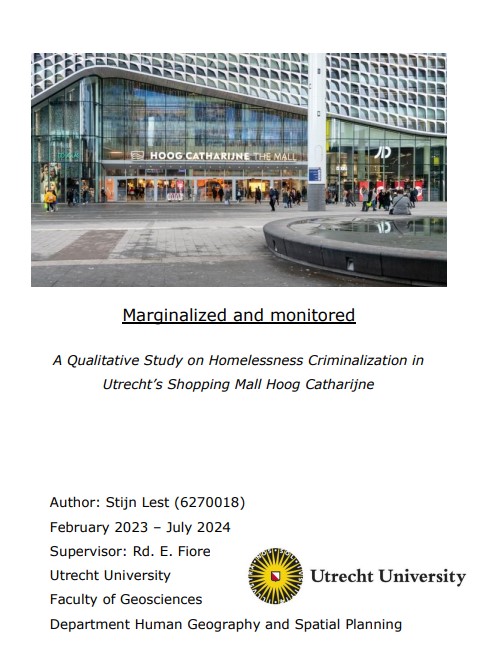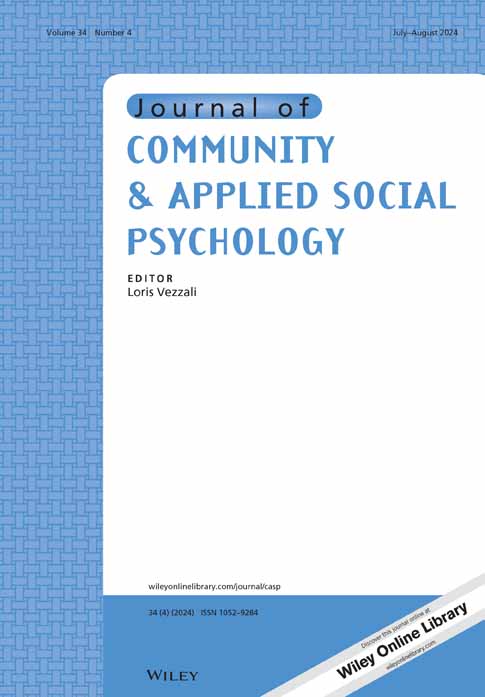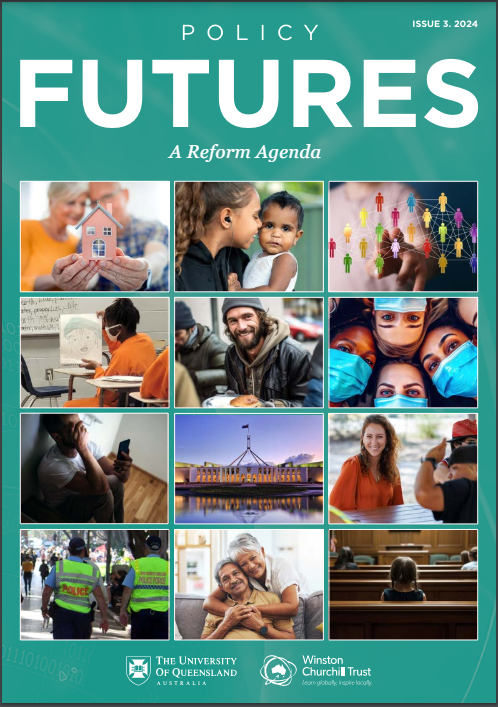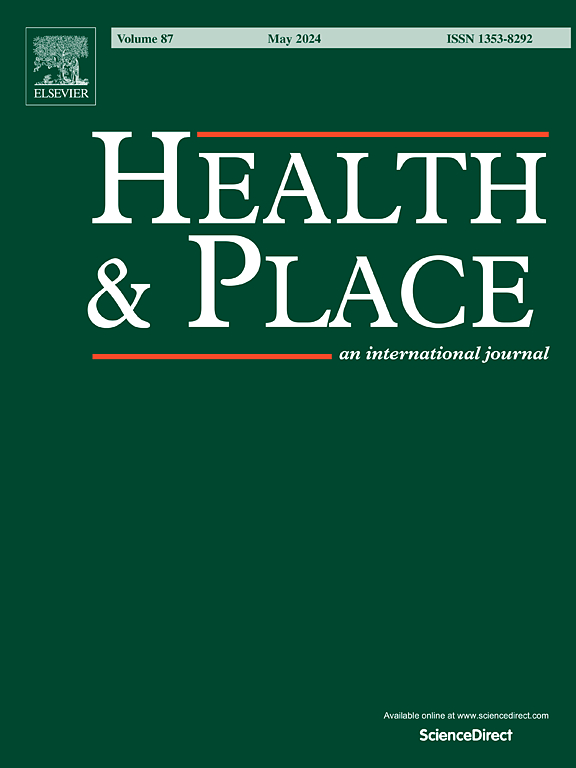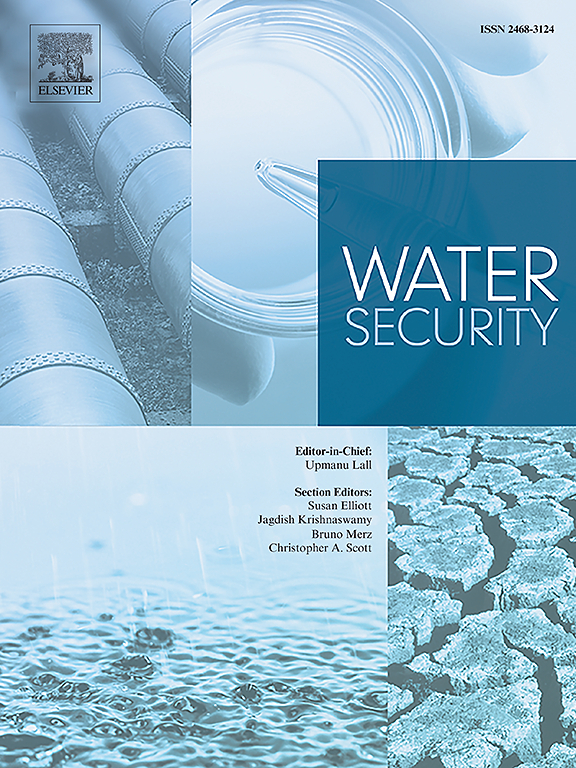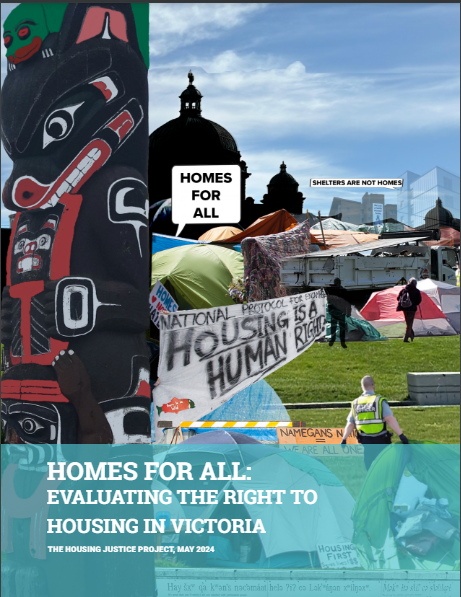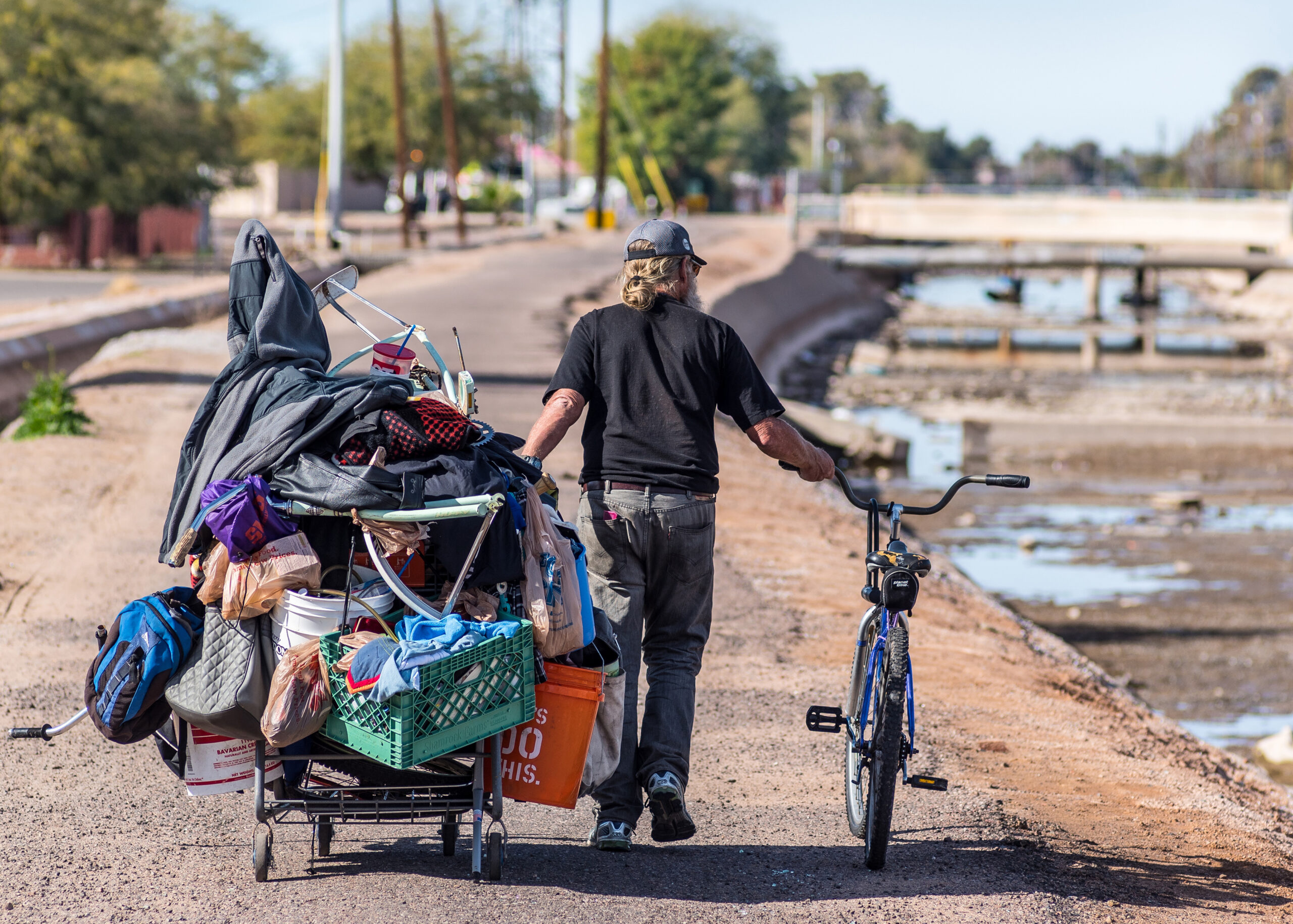Home Rough Sleeping Page 3
Rough Sleeping
- Research
This study shows that, after its completion of the renovation back in 2017, those unhoused and that their stay is discouraged due to variety of measures taken.
- Research
this research explores the psychological underpinnings of the approval of hostile design measures. Hostile design measures are interventions designed to deter undesirable behaviours and specific social groups in urban areas.
- Research
The aim of this scoping review is to synthesize evidence on SIL among people with lived experience of homelessness and explore how it negatively impacts their wellbeing.
- Research
A new national housing and homelessness plan provides an opportunity to fund place-based local government homelessness prevention and early intervention activities.
- Research
Unsheltered homelessness is an increasingly prevalent phenomenon in major cities that is associated with adverse health and mortality outcomes. This creates a need for spatial estimates of population denominators for resource allocation and epidemiological studies. Our study shows that alternative data sources can contribute timely insights into the state of unsheltered homelessness throughout the year and inform the delivery of interventions to this vulnerable population.
- Research
Urban poverty and homelessness keep growing while investments in health-promoting services and public infrastructure, including drinking water, sanitation and hygiene (WASH) have been decreasing. We used a mixed-method approach to collect data from 45 unhoused individuals in Germany identifying individual, infrastructure-specific, and location-based solutions to improve public WASH. Suggestions included adapting existing infrastructure, opening up existing, but inaccessible and constructing new inclusive infrastructure. Proactive, long-term sustainable solutions were preferred over reactive short-time options. Realizing safe WASH for all requires collaboration between homeless communities, governmental bodies, NGOs, businesses, and sanitation experts.
- Research
Homelessness in Victoria (Canada) is often invisible and too many government responses focus on keeping people out of sight and out of mind, rather than moving people into housing that meets human-rights standards.
- Research
As urban temperatures rise, air pollution concurrently worsens—especially ground-level ozone and particulates —because heat alters both atmospheric chemistry cycles and air circulation patterns. One population that is among the most vulnerable to the twin threats of heat exposure and air pollution is also chronically understudied and plagued by stigma: people experiencing homelessness.

